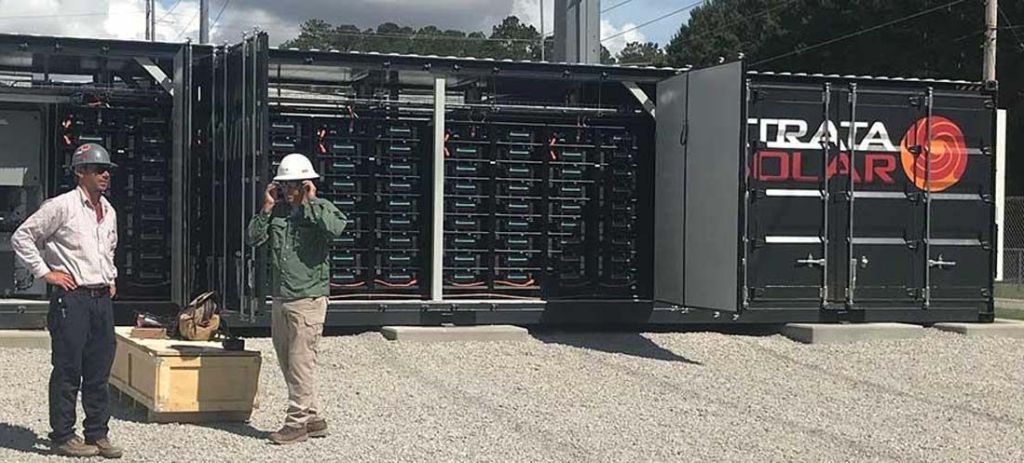The North Bay Energy Storage Project will utilize proven and safe lithium-ion battery energy storage technology that has evolved over the last several years to safely store energy while minimizing risks associated with fire, earthquakes, and other hazards. The Project will use rechargeable lithium-ion battery technology that has benefited from more than $100 billion in research and development investments from the electric vehicle and consumer electronic industries. Lithium-ion batteries are a widely adopted battery technology that has been found in various consumer applications over the past decades and are used in cell phones, laptops, and other household electronics.
Design and engineering of the North Bay Energy Storage Project is subject to numerous codes specifically adopted for stationary battery energy storage systems. These codes are constantly being updated to improve safety and keep up with changes in the battery energy storage industry. Modern lithium-ion battery energy storage systems are subject to robust testing and detailed safety standards from recognized authorities such as the National Fire Prevention Association (NFPA) and Underwriters Laboratory (UL). Once operational, fire risk is managed by required redundant safety systems, monitoring and control systems, technology assisted fire suppression and detection systems, and regular inspection and maintenance.

The North Bay Energy Storage Project has been designed and engineered to operate in a safe and controlled manner to minimize fire, earthquake, and other risks. Fires involving battery energy storage systems are rare, given that technology, project design, and fire standards have advanced and evolved throughout the years. Strata Clean Energy has already developed more than 400 megawatt hours of battery energy storage facilities throughout the country, with several hundred more megawatt hours to come online within just the next few years. Since its inception, Strata Clean Energy has an established track record of implementing safely operating battery energy storage and renewable energy projects.
The North Bay Energy Storage Project will employ numerous redundant safety systems, including:
Battery energy storage equipment manufacturers, through extensive testing and simulation, determine the maximum seismic loads their equipment can safely withstand. These values are reported as the peak and average accelerations that can be safely withstood. These values can then be compared to the seismic design loads for a particular site, and an appropriate foundation and anchoring system can be designed.
The equipment used by the North Bay Energy Storage Project is designed to withstand ground accelerations roughly equivalent to a magnitude 8 earthquake. Foundation design can further increase the survivability of the site by decoupling the motion of the equipment from the ground movement, reducing the accelerations experienced by the equipment during a severe earthquake.
The battery enclosures will be seismically anchored to foundations, minimizing potential for the enclosures and their contents to shift during an earthquake. Safeguards such as an automated management system and circuit breakers are in-place to disconnect the system from the electrical grid if the system recognizes irregular movement.